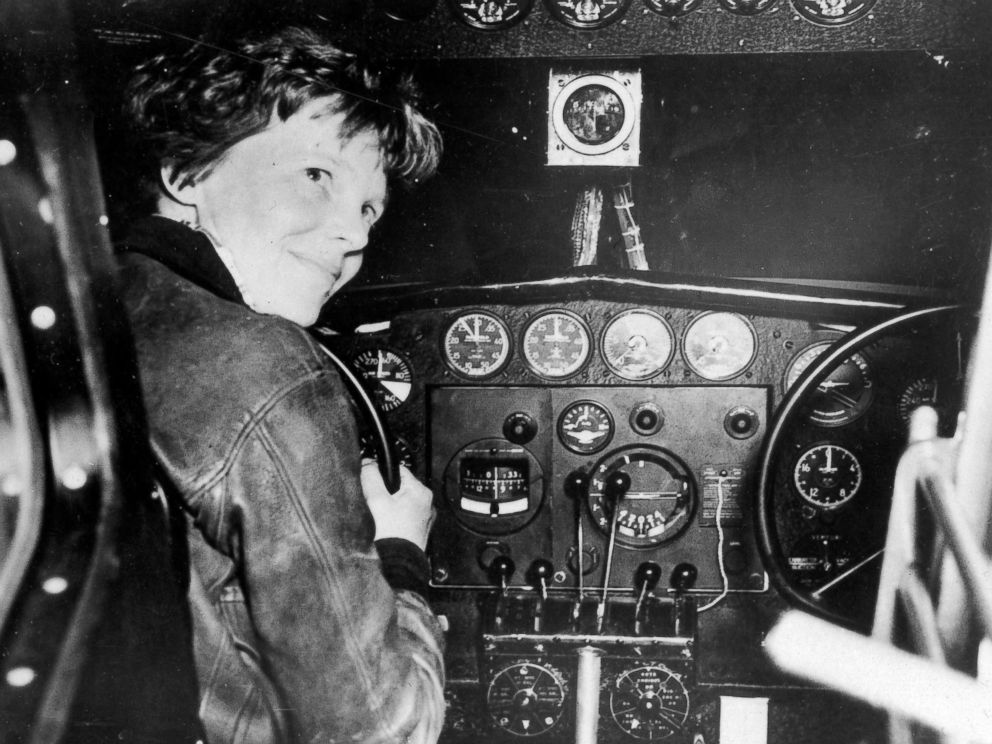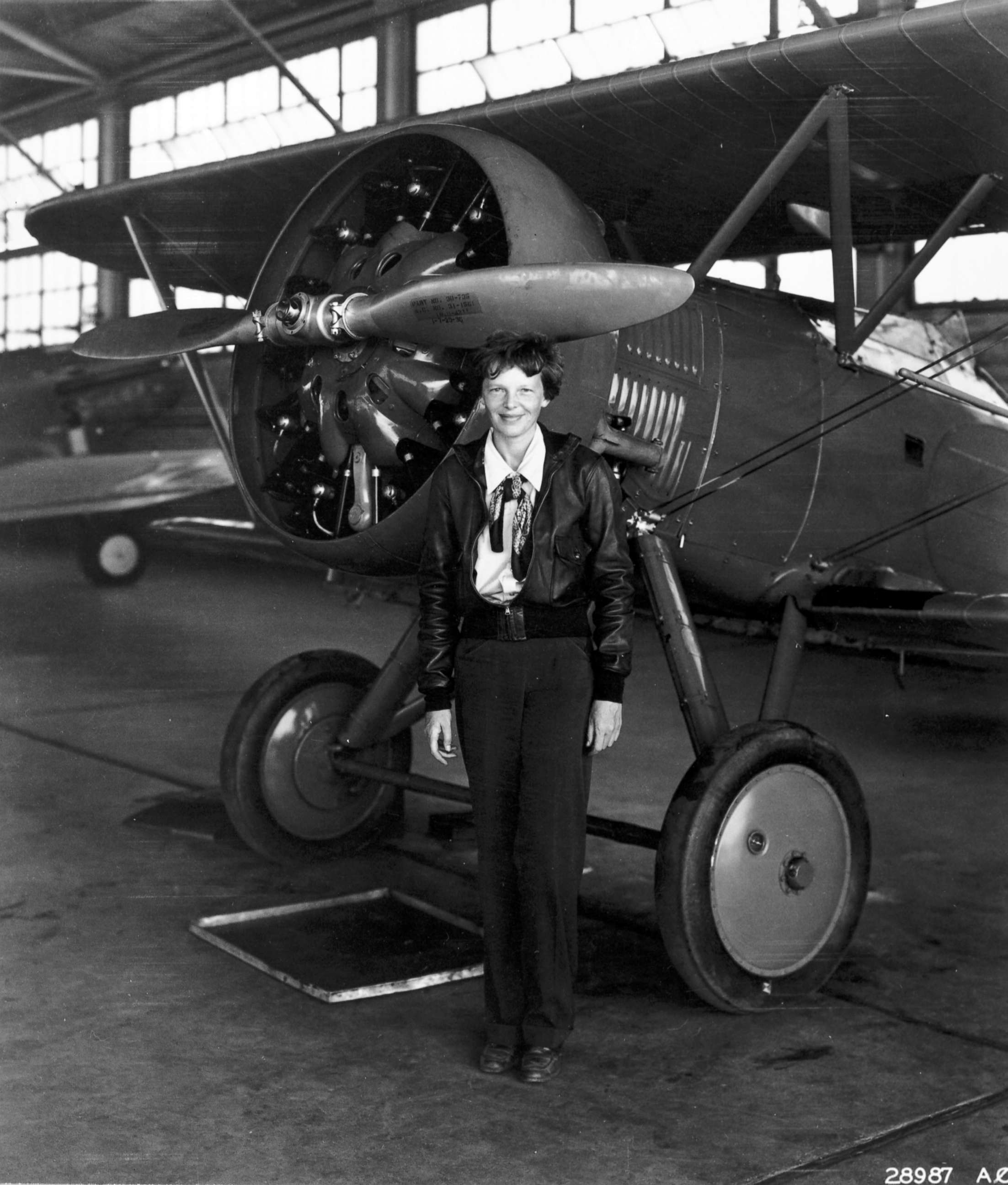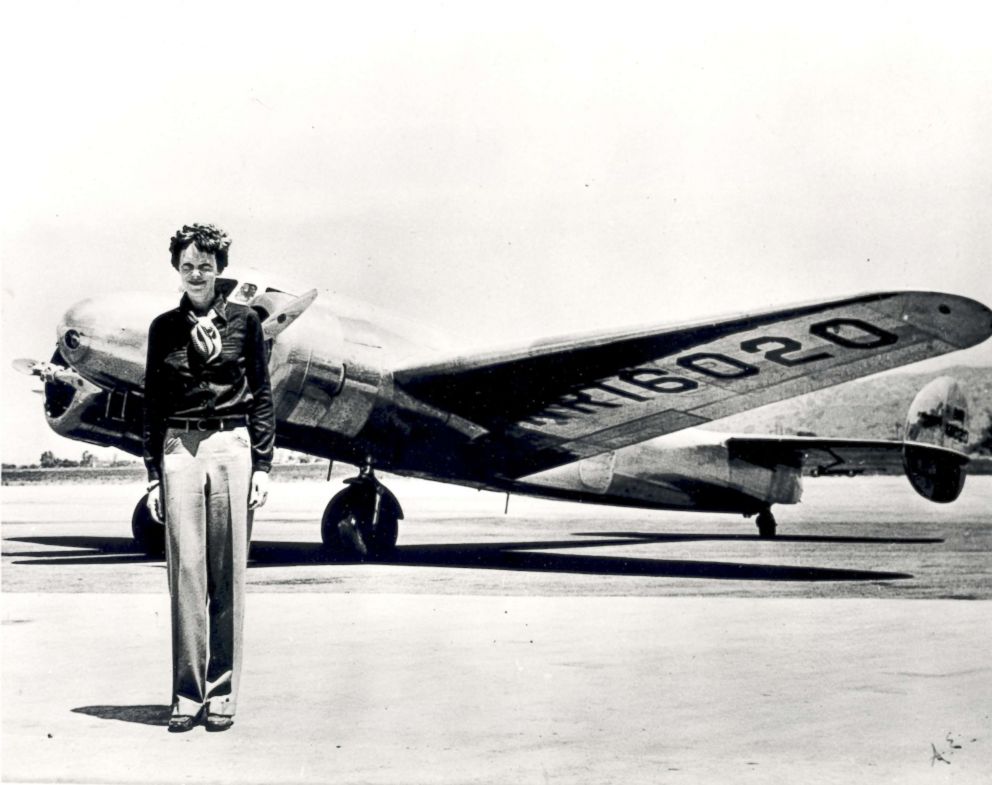Bones found on remote island may belong to Amelia Earhart, study says
The bones were initially dismissed because they were thought to belong to a man.
A new study may hold a clue to solving the decades-old mystery of what happened to American aviator Amelia Earhart, who famously went missing without a trace more than 80 years ago.
Bones found on a remote island in the South Pacific in 1940 that were originally thought to belong to a man are now being considered as Earhart's, according to the study "Amelia Earhart and the Nikumaroro Bones" authored by Richard L. Jantz, a professor for University of Tennessee's Department of Anthropology, and published in the journal "Forensic Anthropology."
The bones were found when a working party brought to the island for the Phoenix Island Settlement Scheme found a human skull, the study states. When the officer in charge of the settlement scheme learned of the discovery, he ordered a more thorough search of the area, and additional bones were found. Also found were a shoe "judged to have been a woman's," a box designed to carry a Brandis Navy Surveying Sextant manufactured in 1918, and a bottle of Benedictine, an herbal liqueur drink.
"There was suspicion at the time that the bones could be the remains of Amelia Earhart," Jantz wrote.

Jantz argues that when Dr. D. W. Hoodless of the Central Medical School in Fiji examined the bones in 1941, "forensic osteology was not yet a well-developed discipline" and could have affected the sex assessment of the bones found on the Nikumaroro Island, or Gardner Island, in the western Pacific Ocean.
The bones themselves have been lost, but by comparing measurements of the bones found on the island to Earhart's body composition using modern techniques, Jantz determined that Hoodless' assessment of the sex of the bones "cannot be assumed to be correct" and that Earhart is "more similar to the Nikumaroro bones than 99 [percent] of individuals in a large reference sample."
"In the case of the Nikumaroro bones, the only documented person to whom they may belong is Amelia Earhart," the study states.

Fordisc, a computer program used to estimate sex, ancestry and stature from skeletal measurements, was used in the analysis. Jantz co-created the program, which is used by almost every board-certified forensic anthropologist in the world, ScienceDaily.com reported.
Earhart's measurements -- her height, weight, body build, limb lengths and proportions -- were reconstructed by using information by her pilot's and driver's licenses, as well as numerous photos.

A common theory on what happened to Earhart and her navigator, Fred Noonan, is that they crashed and sank in the South Pacific on July 2, 1937.
Earhart "was known to have been in the area of Nikumaroro Island, she went missing, and human remains were discovered which are entirely consistent with her and inconsistent with most other people," the study states.
Earhart was the first woman to fly solo across the Atlantic.
If the bones found on Nikumaroro do belong to Earhart, it would suggest that she died as a castaway on the remote island, according to the study.




